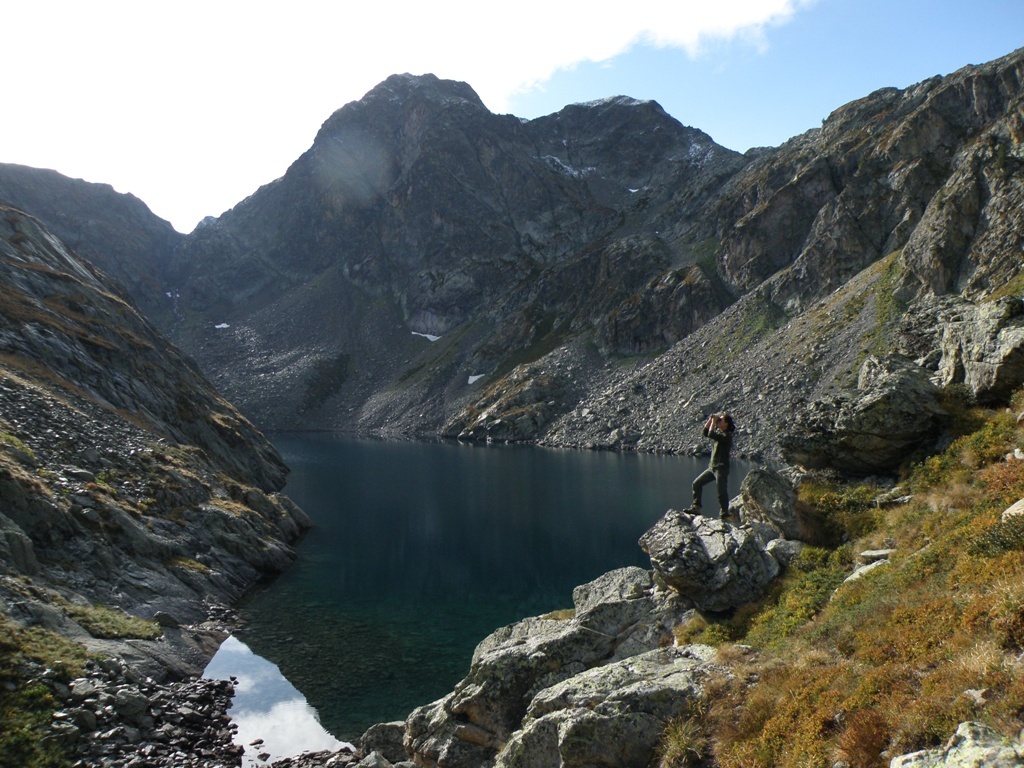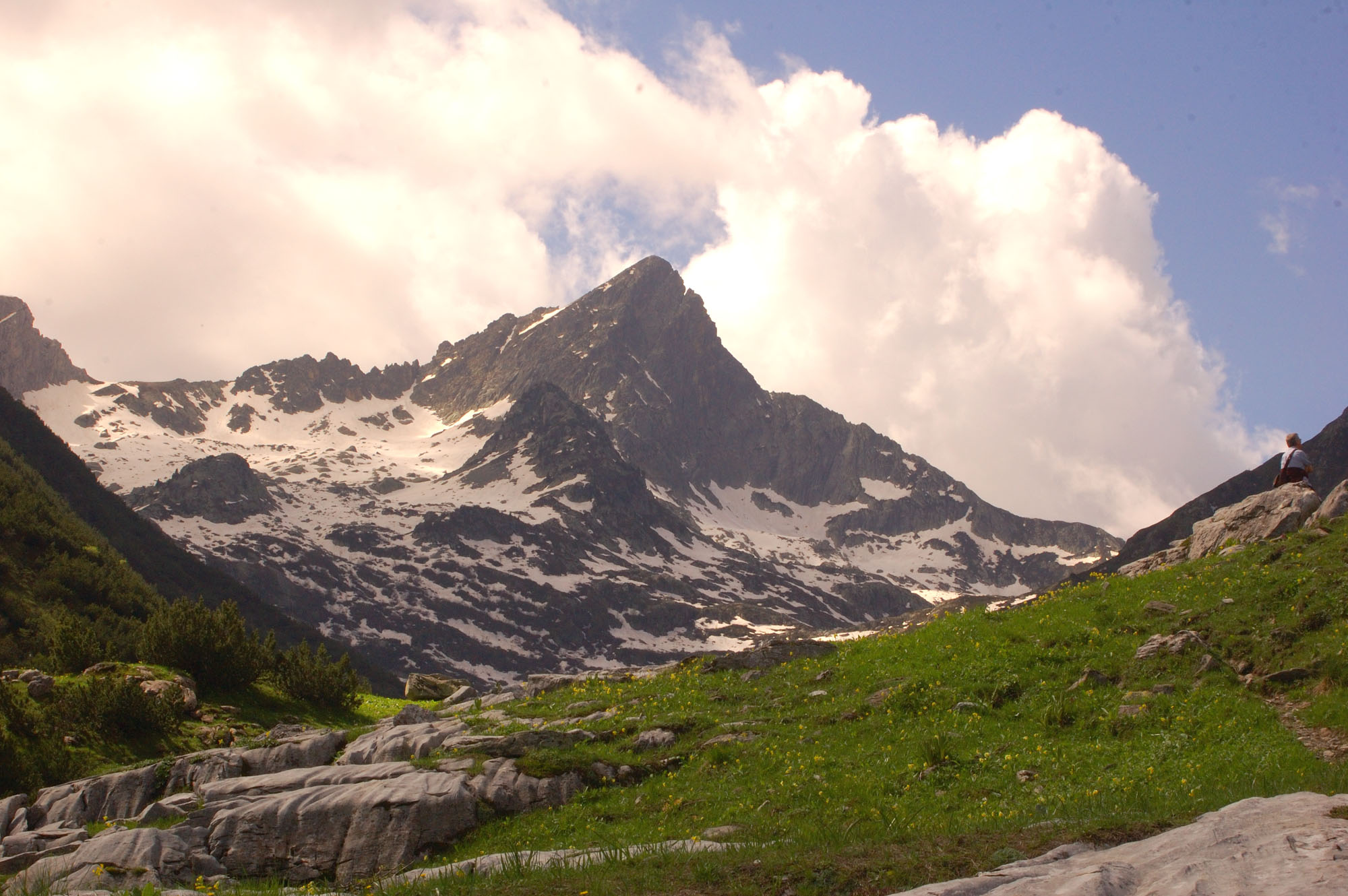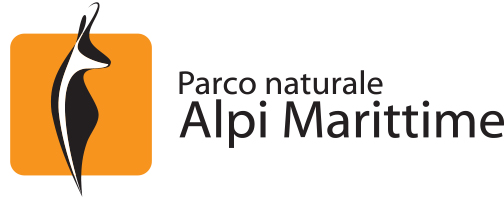Case Study
Rye is back: the return to the scene of a star performer of the past
Contact name
Nanni Villani
Institution name
Management agency of the Alpi Marittime Nature Park - Ecomuseum of rye
Region & country
Piemonte - Italy
Summary
In the early 2000s, rye had disappeared from the Gesso Valley, the heart of the Park, although in the past it had been a widespread cultivation from which locals drew flour for bread and thatching straw. A specific project supported by the “Ecomuseum of rye” has facilitated, year after year, the crop recovery by creating a small group of farmers open to collaboration and experimentation, and developing two production lines, flour, and straw.

Alpi Marittime Nature Park Landscape
Photo by: Management agency of the Alpi Marittime Nature Park

Alpine valley
Photo by: Hilary Fenten
Background of the project
Agricultural census shows that in the Thirties of the twentieth century the cultivation of rye occupied one thousand hectares. The decline of its production started after World War II; then it suffered a collapse in the Sixties and Seventies when there was the exodus of mountain people towards the plain and big towns. In essence, the disappearance of rye fields represented a tangible sign in the landscape of the decrease of the population living in the valley.
The Park had the need to give meaning to its Ecomuseum, born not only to document the past and local traditions but above all to give new chance to its territory. Farmers, in particular, starting from 2008, year of the explosion of the global economic crisis, had the greatest need of supplement their income through the placement of new products at satisfactory prices.
Solution and actions taken
To reintroduce the cultivation of rye, the Ecomuseum has gone through the first phase of cultivation “all by itself”. Considering the unsatisfactory results due to lack of manpower, resources and adequate spaces, it has chosen thereafter to rely on real farms, provided with all means of production and willing to get involved.
Technical policies for production, about grains and thatching straw separately, have been defined. For a whole year farmers have been joined by the Ecomuseum in every step of production and marketing; in subsequent years, farmers have faced the same path independently, free to choose the type of seed, contractors for the threshing and alternative production techniques for thatching straw.
Other institutions or parties involved
Although most of the work has been performed by the Ecomuseum independently, it has often received contributions by agricultural organizations and other Ecomuseums.
Results
The rye fields have returned to occupy a significant area in the valley. The Ecomuseum receives numerous requests of thatching straw, which at the moment can not be satisfied because it encounters difficulties trying to be self-sufficient in construction and maintenance of its long straw roofs. Its network of relationships and the experience accumulated over the years are taken as a reference by those who want to engage in such projects.
Challenges
Even today this “operation survival” is at risk because farmers involved are few and the Ecomuseum’s staff is not enough to support and expand the project.
Lessons learned
- Continue to strive for the goal even if it seems impossible to reach;
- Take care of all partners, trying to always be present whenever they deem it necessary.
Contact name
Nanni Villani
Institution name
Management agency of the Alpi Marittime Nature Park - Ecomuseum of rye
Website(s)
